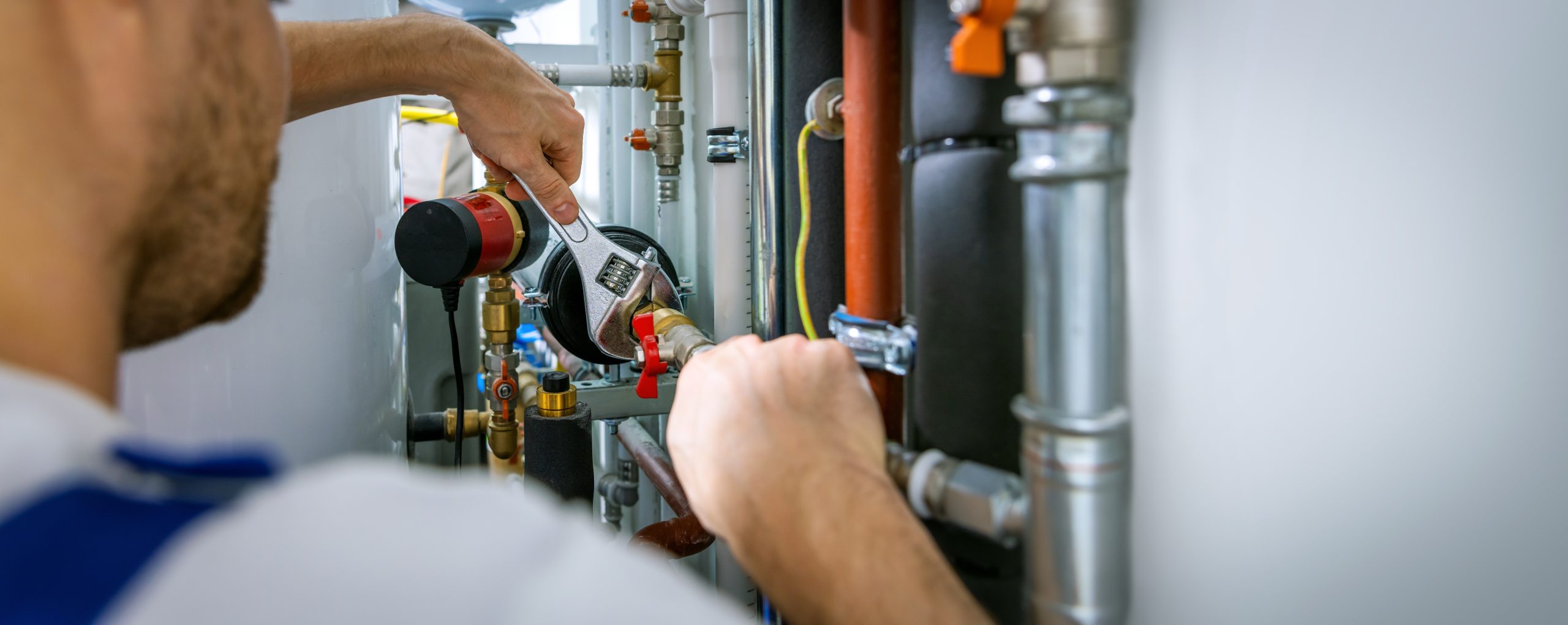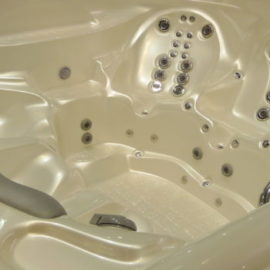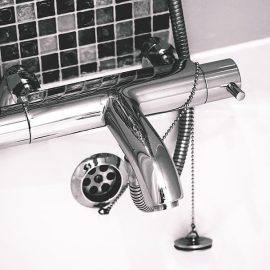
Electric, gas, or oil heating, it doesn’t matter; the battle remains the same in winter: reduce your energy consumption without giving up your comfort. There are countless options available, but it’s not always easy to find your way around or to choose the ones that are best suited to your home. That’s why we’ve listed the main aspects to consider in order to reduce your heating bill step by step.
Heating costs weigh heavily on a budget of most households. They represent the most important item in their annual energy bill, more than those related to domestic hot water or electricity. This is especially true in years when we experience cold spells in winter.
In other words, succeeding in reducing your heating consumption is a guarantee of great savings. Does this sound easier said than done? Think again: by applying the following actions, you will come out as a winner in the battle against all forms of energy insecurity.
1. Invest in thermal insulation

Thermal insulation is a key element to drastically reduce your heating bill. However, it is too often insufficient in many homes. This is due to their age and the poor quality of the construction materials. Ideally, to limit heat loss, you should opt for heating pipe insulation, floor insulation, wall insulation, and roof insulation.
However, the insulation must be well thought out because a house must still breathe. Without ventilation, it is impossible to evacuate the humidity generated by the inhabitants, which causes the appearance of mold, indoor air pollution, and the deterioration of certain materials. Moreover, dry air is much easier to heat than humid air.
Finally, you should know that the Regions have set up a system of energy grants. They are granted certain conditions to citizens so that they can improve the energy performance of their homes. Check if you can take advantage of them!
2. Heat when necessary and at the right temperature
Even if your home is properly insulated, this is not enough to guarantee a high level of comfort and savings. It is also important to optimize the management of your heating system.
There are two types. The first one regulates the heating according to the temperature of the room in which it is located. Its location must therefore be carefully chosen; the idea is to install it away from a heat source or a draught. The second is associated with a climate controller equipped with an outdoor sensor capable of adjusting the boiler temperature according to the outdoor temperature. This is useful for anticipating any cooling in the house. As for the use of the thermostat, it is relatively simple. You can program the unit to set the desired temperature at any time of day. During the night or when you are away, 16 or 17°C is sufficient, for example, as opposed to 20°C when you are present.
Your thermostat, usually located in the living room, controls the central heating system. If you want to regulate the temperature in each room precisely, you should attach a thermostatic valve to the radiators. Equipped with a sensor, it is able to detect the temperature in the room and increase the flow of hot water to the radiator if it finds that the desired temperature is not reached. For information, position 3/5 corresponds to approximately 20°C. Make sure to open as much as possible the valves of the radiators located in the same room as the thermostat since it is the thermostat that regulates the temperature there.
Lowering the thermostat by one or two degrees will save you money without compromising comfort. You may have to put on a sweater, but according to the Public Service of Wallonia, this will reduce your heating bill by up to 8%.
When the weather is fine, remember to open your curtains or shutters in the morning to heat your home naturally. On the contrary, once the sun is gone, close them to avoid letting the cold in. However, ensure that your curtains do not hang in front of the radiators and that your furniture is not placed too close to them. This will prevent the proper circulation of heat.
3. Take an interest in energy-efficient heating systems

Oil and natural gas are the most commonly used heating fuels. However, there are many others. For example, wood heating and solar heating. Requiring a pellet (wood pellets) or wood boiler, a fireplace, a stove, or thermal solar panels, these solutions generally allow for reducing the heating bill significantly.
As for thermodynamic water heaters, they consume about three times less energy than a conventional electric boiler. They also have the advantage of being more ecological since they draw energy from a renewable source: the air. Water is usually heated to an excessive temperature. Very often, it is not necessary to exceed 60-65°C. Check the settings of your water heater or boiler to save as much energy as possible.
Sound off in the comments section below, and tell us what you want to read next and if you want to read more about heaters.



